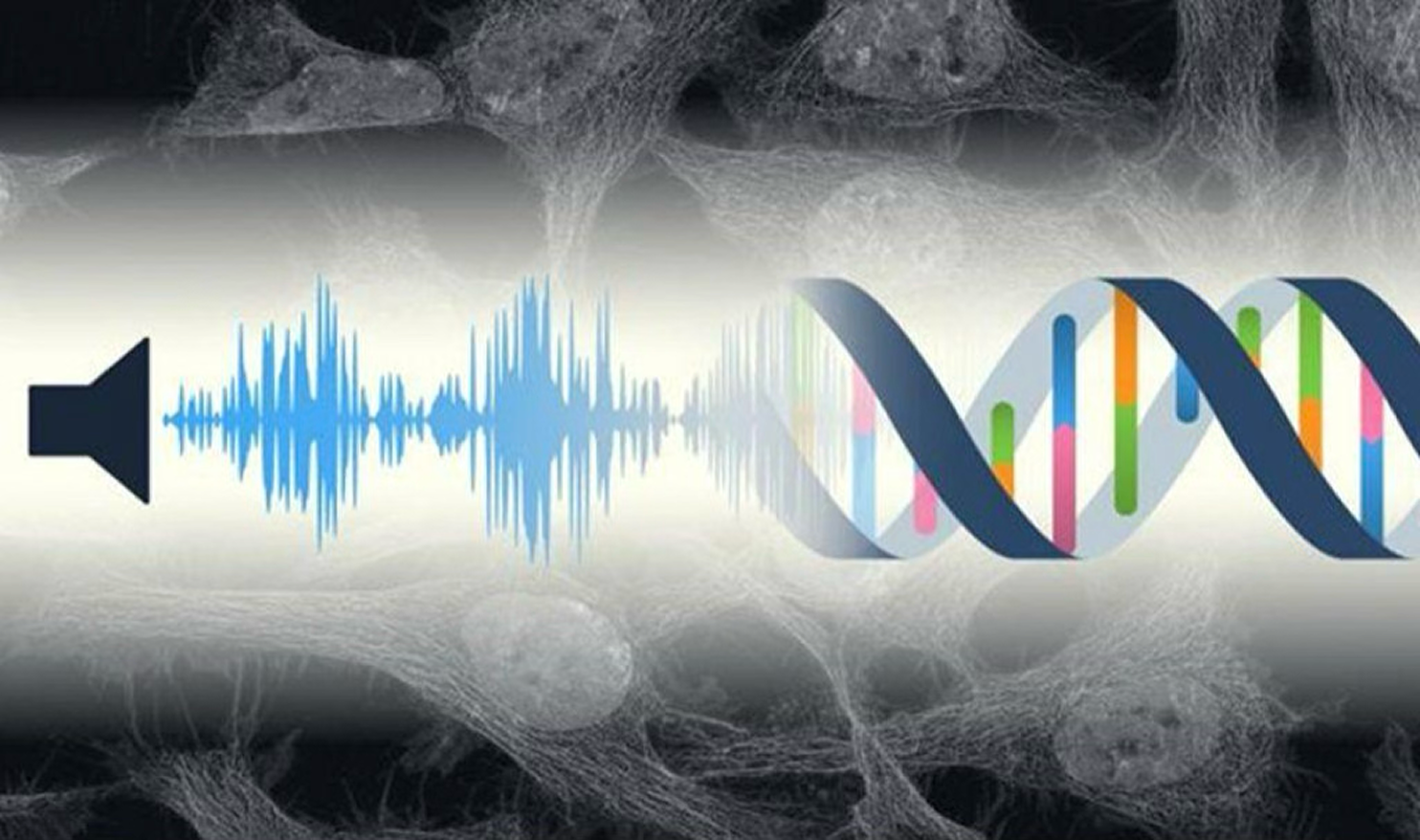Hearing Loss Explained: Syndromic, Non-Syndromic, and the Power of Bioinformatics
August 4, 2023
·Bayan Abu Alragheb

Understanding Genetic and Clinical Aspects of Hearing Loss
Hearing loss (HL) is a common sensory disorder that affects millions of people worldwide. It can be due to various causes, including aging, exposure to loud noise, infections, and certain medications. However, a significant proportion of HL cases are due to genetic causes. These genetic causes of HL are divided into two main categories: syndromic and non-syndromic hearing loss.
Syndromic vs. Non-Syndromic Hearing Loss
Syndromic hearing loss is associated with other medical problems beyond just the hearing impairment. This type of hearing loss is part of a syndrome, or a collection of symptoms that often occur together. Examples include Usher syndrome, Pendred syndrome, and Waardenburg syndrome. These syndromes are often linked to mutations in specific genes—for instance, Usher syndrome is commonly associated with mutations in the MYO7A, USH2A, and CDH23 genes.
Non-syndromic hearing loss, on the other hand, occurs without any other symptoms—the hearing loss is the only condition present. It can be caused by mutations in various genes and inherited in multiple ways, including autosomal recessive, autosomal dominant, X-linked, and mitochondrial inheritance patterns.
Conductive vs. Sensorineural Hearing Loss
Hearing loss can also be classified as either conductive or sensorineural:
- Conductive hearing loss occurs when sound cannot efficiently reach the inner ear. This may be due to blockages in the outer or middle ear, such as earwax buildup, fluid from an infection, or abnormalities in ear structures.
Photo by Hearing Aid Specialists - Sensorineural hearing loss occurs when there is damage to the inner ear (cochlea) or the nerve pathways that carry sound from the cochlea to the brain. It is often due to damage to the hair cells in the cochlea, which can result from aging, exposure to loud noise, certain medications, and genetic mutations.

In some cases, individuals may have a combination of both conductive and sensorineural hearing loss, known as mixed hearing loss.
Audiograms and Hearing Loss
An audiogram is a graph that shows the results of a hearing test, providing valuable insights into a person's hearing ability.
- The x-axis represents frequency (pitch) in Hertz (Hz).
- The y-axis represents intensity (loudness) in decibels (dB).
- In conductive hearing loss, the audiogram typically shows a gap between air conduction and bone conduction thresholds—this is called an air-bone gap.
- In sensorineural hearing loss, both air and bone conduction decrease without an air-bone gap.
- In mixed hearing loss, the audiogram displays characteristics of both types.

The Role of Bioinformatics in Understanding Genetic Hearing Loss
Bioinformatics plays a crucial role in understanding the genetic causes of hearing loss. Genetic HL can be assessed through sequencing, which identifies mutations in genes associated with both syndromic and non-syndromic forms. However, interpreting the vast amounts of data generated requires sophisticated bioinformatics analyses.
Numerous genetic databases and studies compile information about genetic causes of hearing loss, providing a wealth of data for bioinformatics tools to analyze. These tools can identify patterns and correlations that may be missed in manual analysis, leading to deeper insights into the genetic basis of HL.
Platforms like Bionl.ai are instrumental in this process, offering advanced language models that enable biomedical scientists to conduct bioinformatics exploration through natural language prompts.
Related Posts
- Bioinformatics
- nf-core
30–50% Faster in building AI Workflows? Exploring GPT-5 in Bioinformatics
GPT-5 introduces faster responses, smarter routing between model variants, and longer context handling, making it more efficient and reliable than previous versions. In bioinformatics, GPT-5 streamlines workflows by drafting pipelines, configs, and annotations, reducing glue work and acting like a knowledgeable collaborator.
Aug 2025
Abdullah Atia
- Genetics
- Research
The Effect of Genetics on Drug Metabolism
Genetics plays a key role in how individuals metabolize drugs, influencing both effectiveness and risk of side effects. Real-world cases like codeine, citalopram, and azathioprine highlight the clinical impact of tailoring treatments through genetics.
Aug 2023